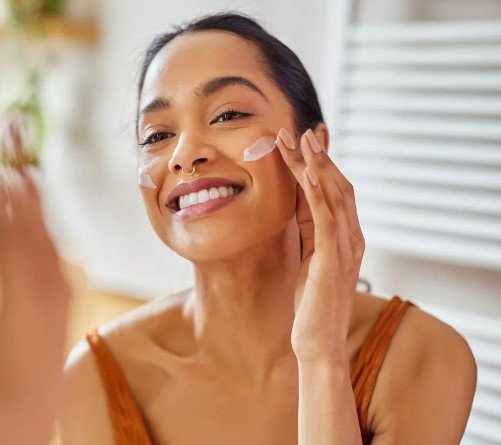The Risks of Combining Retinol and Exfoliants: Understanding and Safely Incorporating these Potent Skincare Ingredients
Summary
- Combining retinol and exfoliants in your daily skincare routine can increase the risk of skin irritation and sensitivity.
- It is important to be cautious and understand how these potent ingredients interact with each other on the skin.
- Consulting with a dermatologist or skincare professional can help you create a safe and effective skincare routine.
Introduction
Many people strive to maintain healthy and glowing skin by incorporating various Skincare Products into their daily routine. Two popular ingredients that are often used to improve the skin's appearance and texture are retinol and exfoliants. While both can offer numerous benefits individually, combining them in a skincare routine may pose certain risks that individuals should be aware of.
Understanding Retinol and Exfoliants
Retinol: Retinol is a form of Vitamin A that is known for its ability to promote cell turnover and stimulate collagen production. It is commonly used in anti-aging products to improve the appearance of fine lines, wrinkles, and uneven skin tone.
Exfoliants: Exfoliants are products that help to remove dead skin cells from the surface of the skin, revealing a smoother and brighter complexion. There are two main types of exfoliants - physical exfoliants, which use abrasive ingredients to physically scrub away dead skin cells, and Chemical exfoliants, which use acids to dissolve the bonds between skin cells.
The Risks of Combining Retinol and Exfoliants
Increased Risk of Irritation
Both retinol and exfoliants can be harsh on the skin, especially when used together. Retinol can cause dryness, redness, and flakiness, while exfoliants can lead to sensitivity, inflammation, and peeling. When used in conjunction, these ingredients can intensify these side effects, causing significant irritation and discomfort.
Weakened Skin Barrier
Excessive exfoliation can compromise the skin's natural barrier, making it more susceptible to damage and irritation. When combined with retinol, which can already weaken the skin barrier due to its exfoliating effects, the risk of irritation and sensitivity is further heightened. This can lead to redness, stinging, and an overall compromised skin barrier.
Over-Exfoliation
Using both retinol and exfoliants in the same routine can increase the risk of over-exfoliating the skin, which can result in redness, peeling, and increased sensitivity. Over-exfoliation can disrupt the skin's natural balance and lead to long-term damage, including increased signs of aging and a compromised skin barrier.
How to Safely Incorporate Retinol and Exfoliants
- Consult with a Dermatologist: Before incorporating retinol and exfoliants into your skincare routine, it is important to consult with a dermatologist or skincare professional. They can assess your skin type and condition and recommend products that are suitable for your individual needs.
- Start Slowly: When introducing retinol and exfoliants into your routine, start slowly and gradually increase the frequency of use. This will allow your skin to adjust to the potent ingredients and minimize the risk of irritation.
- Alternate Days: To reduce the risk of over-exfoliation and irritation, consider alternating the days that you use retinol and exfoliants. This will give your skin a break in between treatments and help prevent excessive sensitivity.
- Use Moisturizer: It is important to hydrate and nourish the skin when using retinol and exfoliants. Apply a moisturizer after each treatment to help restore the skin's barrier and prevent dryness and irritation.
Conclusion
While retinol and exfoliants can offer numerous benefits for the skin, combining them in a daily skincare routine can pose certain risks. It is important to be cautious and understand how these potent ingredients interact with each other on the skin. Consulting with a dermatologist or skincare professional can help you create a safe and effective skincare routine that addresses your individual needs and concerns.

Disclaimer: The content provided on this blog is for informational purposes only, reflecting the personal opinions and insights of the author(s) on the topics. The information provided should not be used for diagnosing or treating a health problem or disease, and those seeking personal medical advice should consult with a licensed physician. Always seek the advice of your doctor or other qualified health provider regarding a medical condition. Never disregard professional medical advice or delay in seeking it because of something you have read on this website. If you think you may have a medical emergency, call 911 or go to the nearest emergency room immediately. No physician-patient relationship is created by this web site or its use. No contributors to this web site make any representations, express or implied, with respect to the information provided herein or to its use. While we strive to share accurate and up-to-date information, we cannot guarantee the completeness, reliability, or accuracy of the content. The blog may also include links to external websites and resources for the convenience of our readers. Please note that linking to other sites does not imply endorsement of their content, practices, or services by us. Readers should use their discretion and judgment while exploring any external links and resources mentioned on this blog. Content in this blog is copyright protected, please do not repost or embed content without prior written permission.